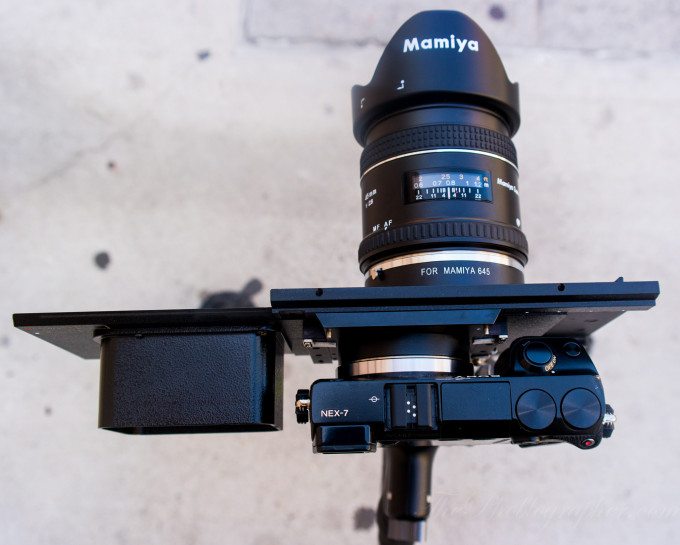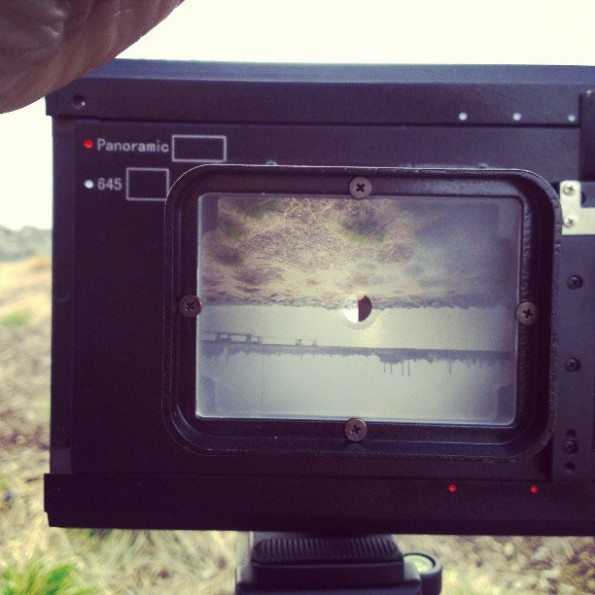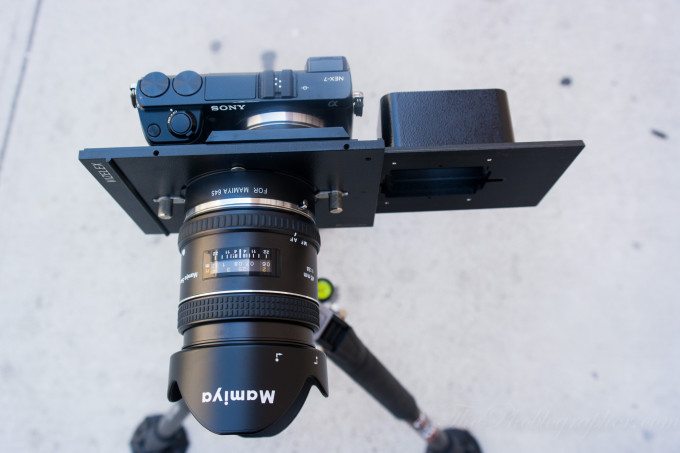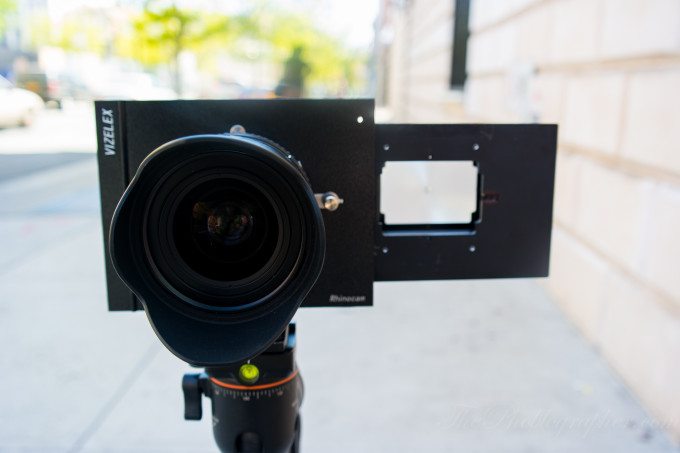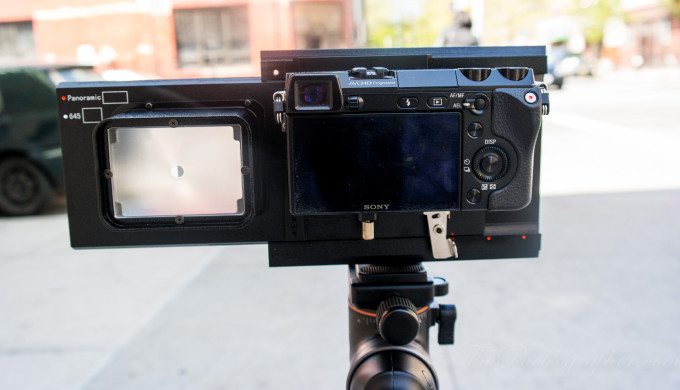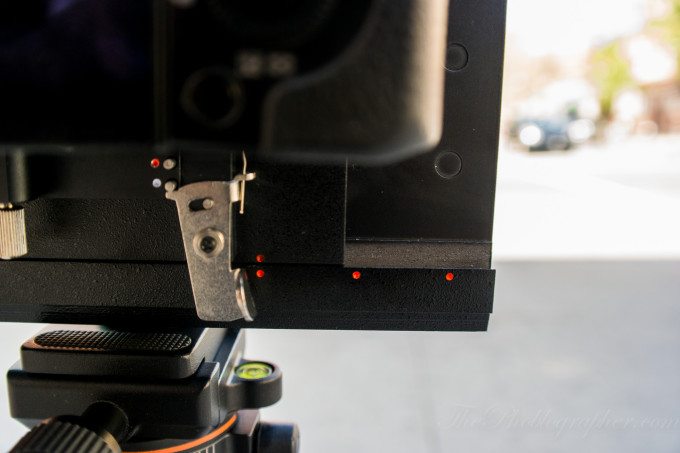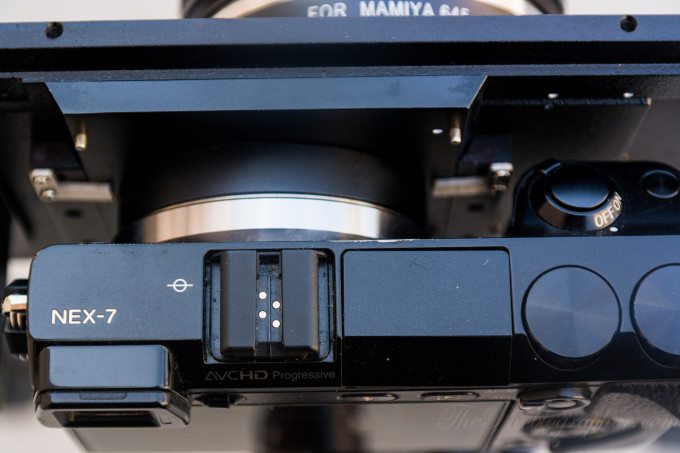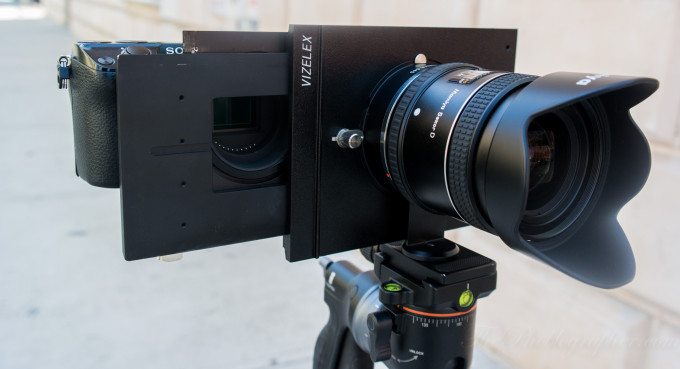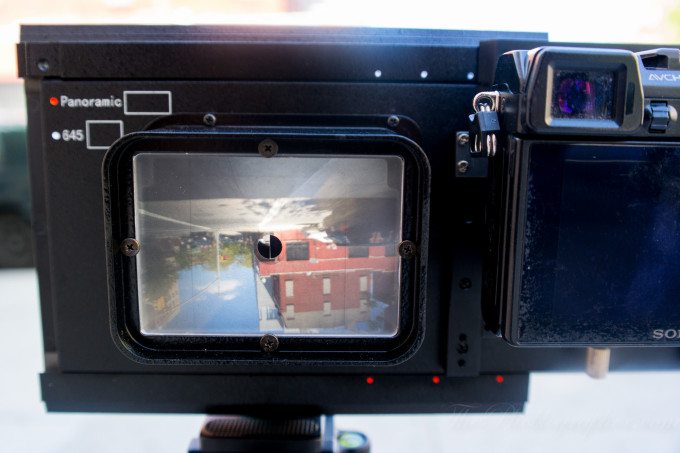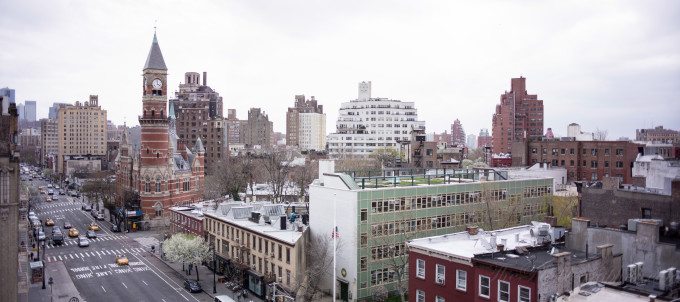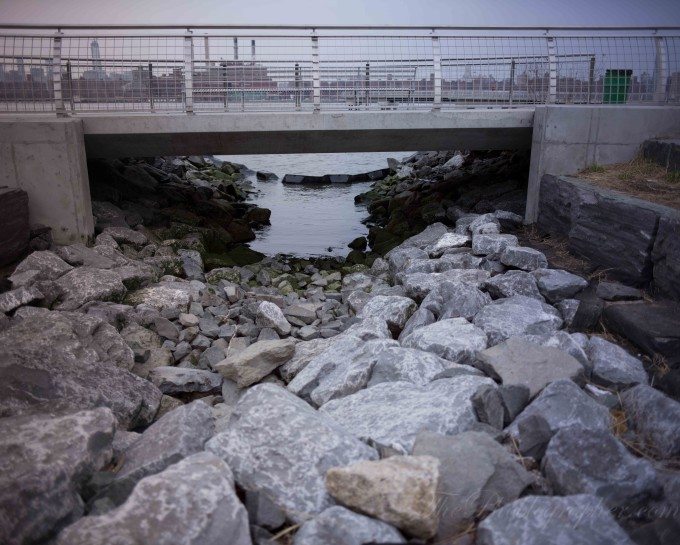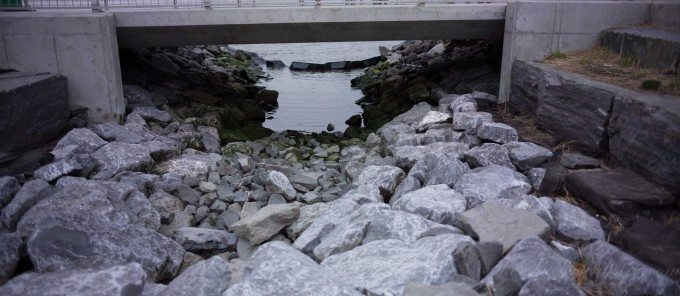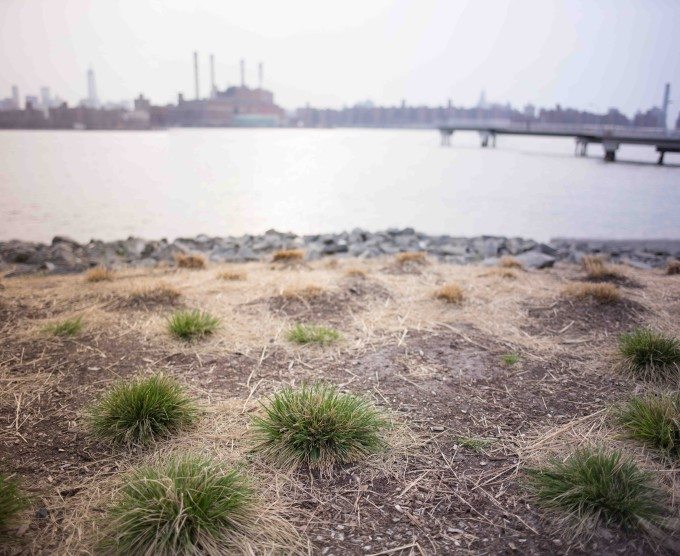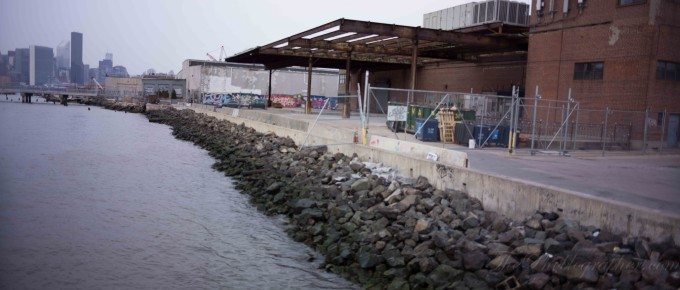Last Updated on 05/08/2013 by Chris Gampat
To say that the RhinoCam was designed for photographers out there that are hellbent on becoming the next Ansel Adams is an understatement. The great photographer travelled all around the world to capture some amazing landscapes but was also quite the chemist. In the digital world, the equivalent is post-processing–and you’ll be doing lots of it when you use The RhinoCam. The apparatus uses a Sony NEX camera and pairs it with either a Hasselblad, Mamiya or Pentax 645 lens to later on help the user capture an extremely large image in the post-production phase. On top of this, it promises to be able to do this for $500.
But does Fotodiox’s latest accessory really make sense? Many people use the Gigapan, but this is clearly different.
Pros and Cons
Pros
– Excellent build quality
– Fairly affordable to mimic the medium format look
– Pretty simple to figure out if you have some knowledge of panoramic equipment.
Cons
– Our unit had the Red and White markings mixed up. One should be 645 while the other should clearly be panoramic
– No way to protect the camera’s sensor when using the ground glass
– Need a handheld light meter to get the best results. Most people won’t necessarily go for that.
Gear Used
For this review we used a Mamiya 45mm f2.8 D with a Sony NEX 7, the Rhinocam and the Vanguard Auctus Plus 383CT and GH-100 Pistol Grip head.
Tech Specs
Specifications taken from the product listing page
| Style | Vizelex RhinoCam for Sony NEX E-Mount Camera Bodies |
| Frame Format | 6×4.5mm (645) or Panoramic |
| Material | Industrial Grade Aluminum |
| Composition Screen | Built-In |
| Manufacturer | Fotodiox Inc. |
| Warranty | 24 Months |
Ergonomics
The RhinoCam is built out of all metal and will take a lens then pair it with a mirrorless Sony NEX camera to help you create a panoramic/medium format image later on in the post-production phase. At its most basic premise, it is a system of sliders and specifically placed dots.
The front of the unit is extremely plain: you’ve got knobs on each side of the lens mount that help to hold the front plate and back plate together. Then there is also the lens mount. Our unit had an extremely tight squeeze–and we almost thought that the lens would get damaged.
Enough about the front though–the back is where all the business happens. Your camera will mount onto the back and be slid behind the imaging circle of the lens in order to snap photos. It will line up with corresponding dots.
The camera can also be flipped vertically or horizontally if you don’t want to flip your tripod head that way.
The bottom of the back has red horizontal dots that then correspond to the red vertical dots to create an image. Our unit stated (as seen in an above image) that the red is for panoramic while the white is for 645. It is actually, clearly the opposite.
The top of the back plate is where you’ll find more dots–but these ones are white and horizontal. They’ll pair up nicely with the white vertical dots when you move your camera around.
One of our biggest problems though is that when the ground glass is moved over the imaging circle, the camera’s sensor is totally exposed as you can see here.
The last thing I need when I’m shooting a panoramic image section by section is dirt, debris or even liquid (God forbid) on my sensor and therefore in every section of my panorama that needs to be stitched together. For the best results, only put the camera on after you’ve focused, composed and have metered the scene.
Build Quality
The entire unit is made out of solid metal with a well lubricated slider and a piece of ground glass for focusing. If you digg the old school way of doing things and have the patience to deal with it all, you’ll appreciate the build quality greatly.
Ease of Use
We don’t recommend this item for the person that is new to the photography world or the mirrorless camera world. When we initially wrote the news post for this item, someone promptly wrote in the comments after buying theirs, “How do I get my camera to work with this? It won’t let me take a picture.”
We kindly told the commentor to set the camera to the Release Without Lens mode.
The world of panoramic shooting like this product demands at least some prior knowledge of experimenting with medium format or large format film. If you’re of that audience, then more power to you. But if you’re not, then we recommend sticking with Sony’s Sweep Panorama feature.
Since you’re shooting the final image section by section, you’ll have no luck capturing moving objects at all. Plus, you’ll need a tripod to make the best use of it.
Focusing
Focusing this unit is done by sliding the ground glass over the lens, focusing the lens and seeing what ends up in focus by looking at the way that the image lines up in the center. We recommend putting a jacket or something over your head and the entire area to get the best effect because the image you see will be backwards and upside down.
In our real life tests though, the glass wasn’t always accurate and we ended up needing the slide the camera over the lens to ensure proper focusing.
Edit: Something that I forgot to mention is that there is no autofocus or electronic contacts with this unit.
Image Quality
The image quality from the Fotodiox RhinoCam is totally dependent on your lens and camera. We used the Sony NEX 7–which I personally believe still has the best image quality from the Sony NEX lineup at the time of writing this post. Mamiya lenses are also always quite good.
Because the camera is using such a small area of the lens at a given position, distortion shouldn’t be much of a problem to deal with. Indeed, we didn’t find it to be a major issue at all. But in general, medium format and large format lenses are often top notch.
Extra Image Samples
Conclusions
Who would buy this? To be honest, we’re not really quite sure. This is a significantly more complex setup than someone purchasing a Nikon D800 and a nice wide-angle lens. While an NEX camera can be a significantly more portable option for use, a true landscape geek will instead go for the very best image quality they can–and that will arguably come from a full frame sensor.
Additionally, our unit had the 645 and panoramic mixup. We’ve generally not had issues with Fotodiox products, but their latest flash triggers had us looking twice with wonder.
While we may sound a bit old school saying this, you’re probably much better off just going for film instead. A Mamiya 645 camera kit may cost you less than a high megapixel Sony NEX camera, a good tripod, a 645 lens, and the Rhinocam. Further, Medium format film is capable of some incredible things. With practice, you’ll be rewarded with images that you currently can’t duplicate with the Rhinocam’s setup.
In the end, we’re not very sure about who should purchase the RhinoCam. But in the hands of a skilled photographer, it can be capable of some very good things.
Please Support The Phoblographer
We love to bring you guys the latest and greatest news and gear related stuff. However, we can’t keep doing that unless we have your continued support. If you would like to purchase any of the items mentioned, please do so by clicking our links first and then purchasing the items as we then get a small portion of the sale to help run the website.


